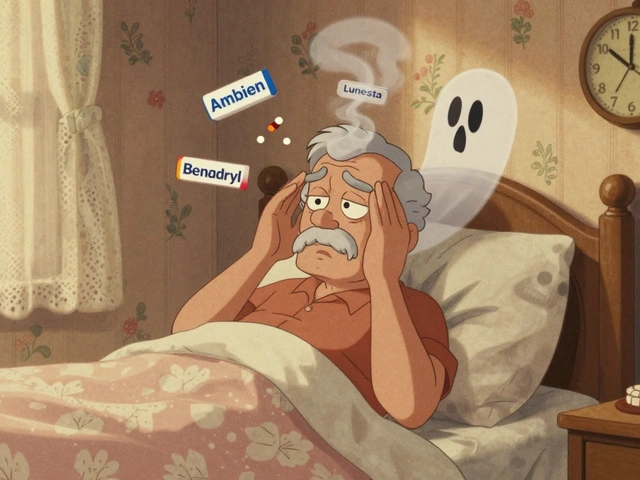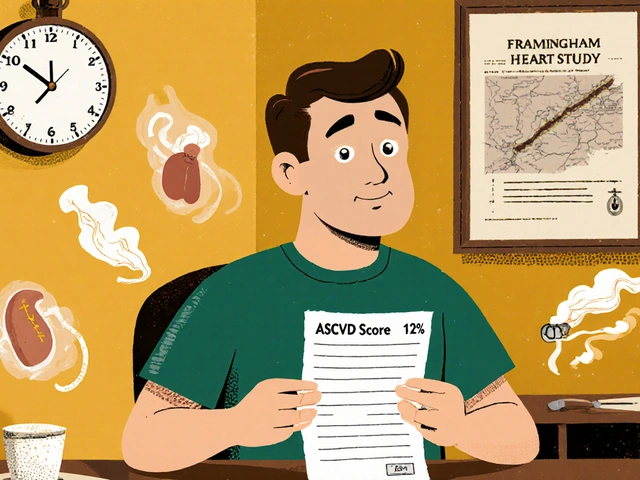Acute Migraine Therapy: How to Get Relief Fast
When a migraine hits, you want it gone in minutes, not hours. The good news is there are several proven ways to knock the pain down quickly. Below you’ll find the most common over‑the‑counter (OTC) choices, the prescription drugs doctors often recommend, and a few everyday tricks that can speed up recovery.
Over-the-Counter Choices
OTC meds are the first line of defense for most people because they’re easy to get and work for mild to moderate attacks. The three main groups are:
- NSAIDs – ibuprofen (Advil, Motrin) and naproxen (Aleve) cut inflammation and pain. Take a full dose as soon as the headache starts; waiting can make them less effective.
- Acetaminophen – Tylenol is gentler on the stomach but doesn’t reduce inflammation. It’s a good backup if NSAIDs upset your gut.
- Combination drugs – Excedrin Migraine mixes acetaminophen, aspirin, and caffeine. The caffeine helps the blood vessels tighten, which can end the throbbing faster.
Remember to follow the dosing instructions and avoid mixing multiple NSAIDs. If you have liver issues, keep acetaminophen under 2,000 mg per day.
Prescription Treatments
When OTC meds aren’t enough, doctors turn to stronger options that target the migraine pathway more directly.
Triptans (sumatriptan, rizatriptan, zolmitriptan) are the most widely used prescription drugs for acute attacks. They work by tightening blood vessels around the brain and blocking pain signals. Most patients feel relief within 30‑60 minutes. If the first triptan doesn’t help, a different one or a nasal spray form may work better.
Ergots such as dihydroergotamine are older but still useful, especially for people who can’t use triptans. They’re usually given as a nasal spray or injection because oral doses are hard on the stomach.
Ditans (lasmiditan) and gepants (ubrogepant, rimegepant) are newer classes that avoid the blood‑vessel narrowing of triptans. They’re a good fit for patients with heart disease or high blood pressure.
For severe or frequent attacks, doctors may prescribe a “bridge” medication—often a corticosteroid like dexamethasone—to use after a triptan or ergot fails. This isn’t a long‑term solution, but it can stop a stubborn episode.
Beyond meds, a few simple actions can shorten the migraine window. Move to a dark, quiet room, apply a cold pack to the forehead, and stay hydrated. Some people swear by a quick 10‑minute walk or gentle neck stretches—these can relieve muscle tension that fuels the pain.
Finally, keep a migraine diary. Note the time you take each medication, how long it takes to work, and any side effects. Over time you’ll spot patterns that tell you which drug works best for you and what triggers to avoid.
Acute migraine therapy is all about acting fast, using the right drug for your level of pain, and adding a few lifestyle moves to boost results. With the right toolbox, you can turn a pounding headache into a quick, manageable episode.
Migraine Treatment Showdown: Imitrex vs. Ubrelvy, Nurtec, and Other Fast-Acting Options
Breaks down how Imitrex, Ubrelvy, Nurtec, and the latest migraine medicines stack up—pros, cons, side effects, and tips for making them work best.





